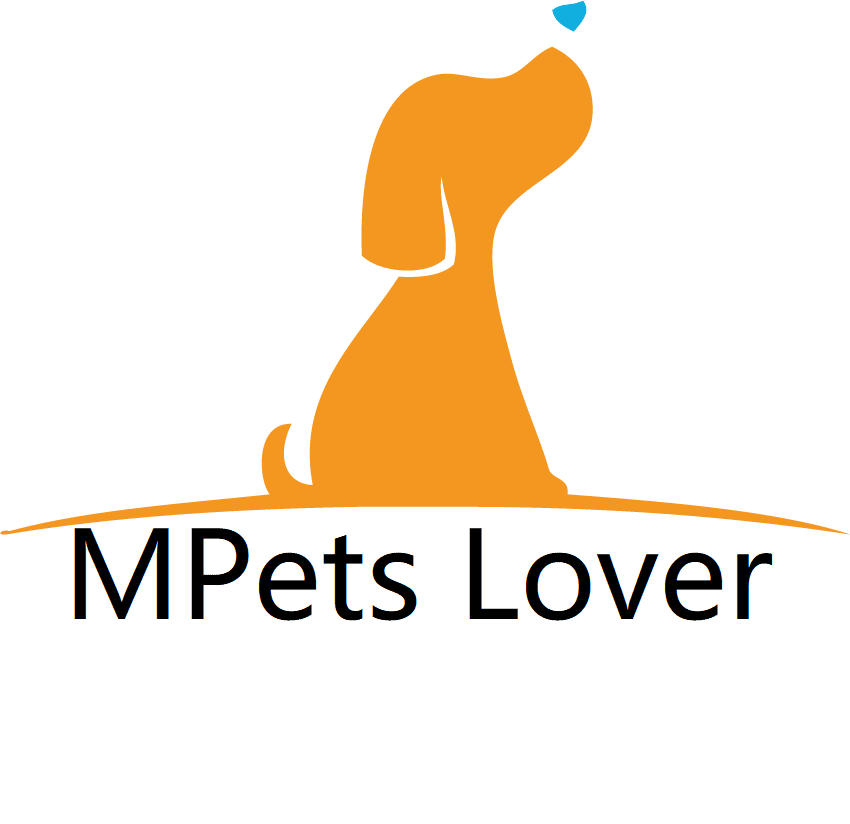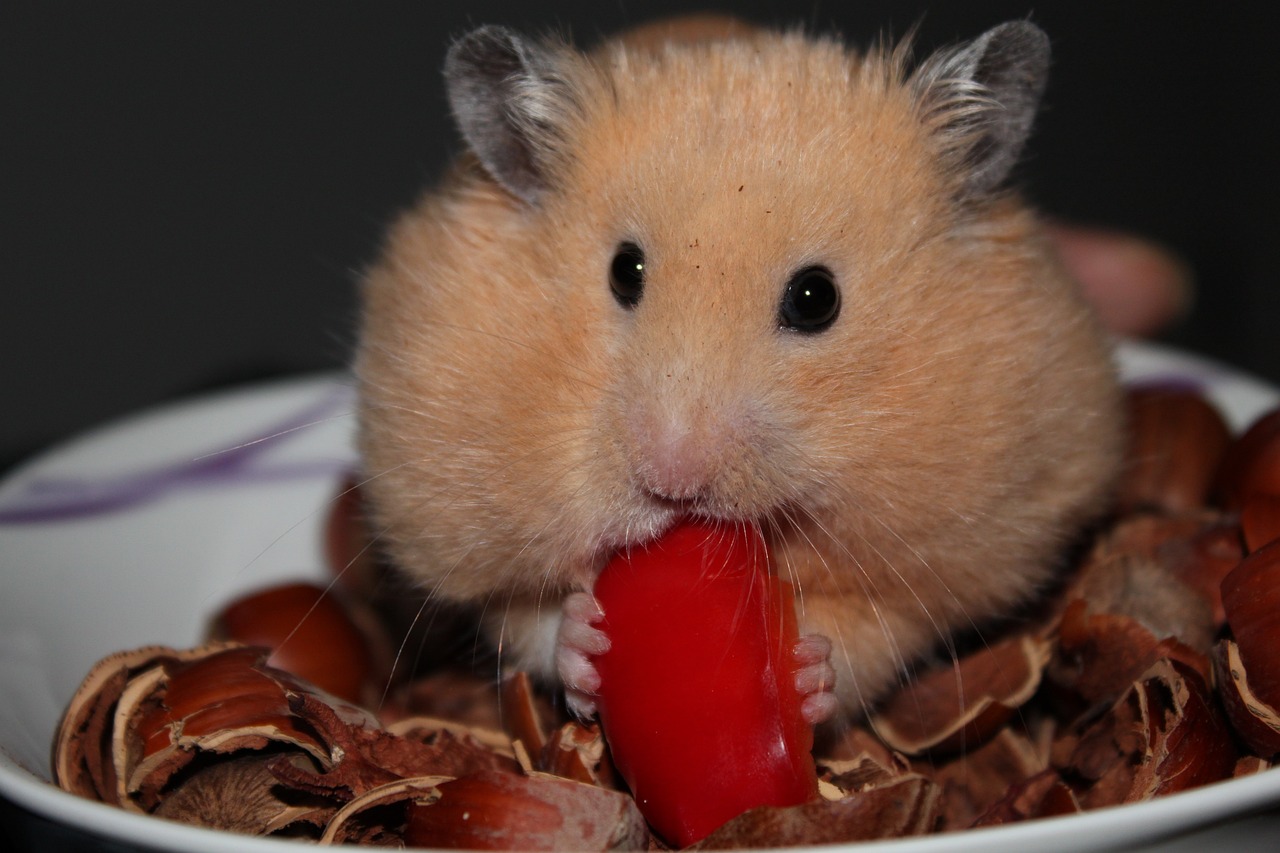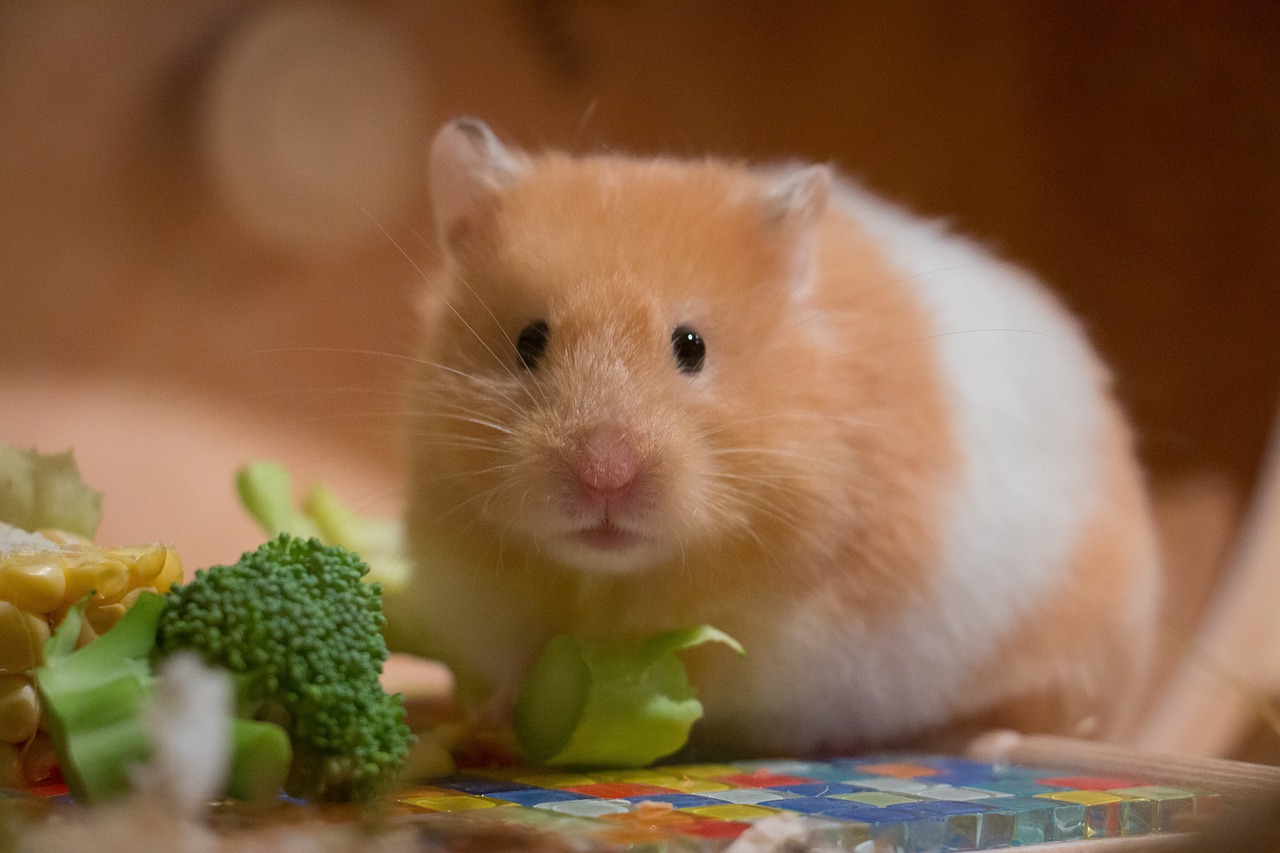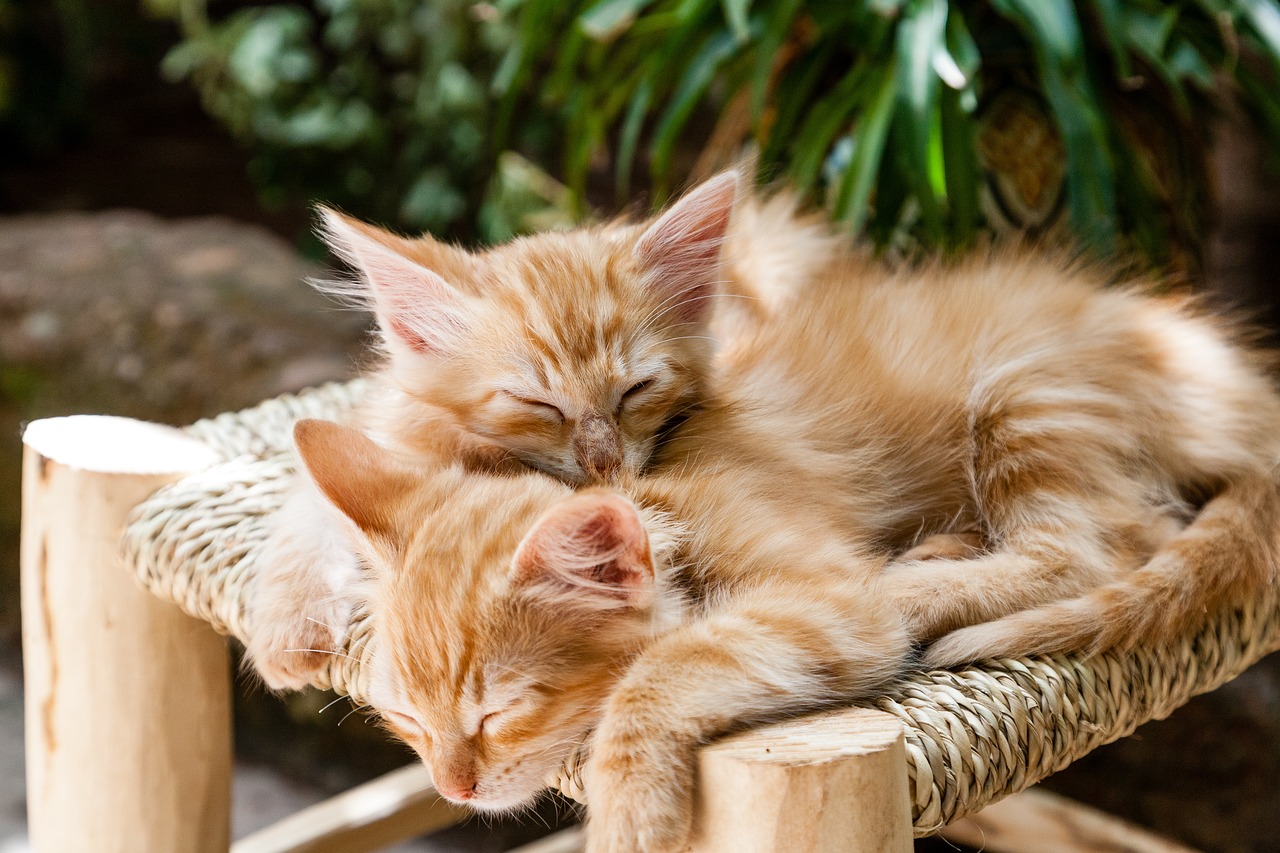
Last Updated on 2 years by Jenny Sovann
What is the first thing you should train your puppy? We will never be able to fathom what goes on in the mind of puppies. These bundles of fur and energy are just irresistible to love. Being social animals, they thrive on human interaction and compassion. Watching them explore their surroundings and interact with the big world is always entertaining. They are playful in nature, always wagging their tails wherever they feel at ease and happy. What makes them so intriguing is that they are incredibly loyal and loving.
Puppies develop quickly but are not considered to be fully grown until one year. This one year can be very dramatic if you don’t teach your puppy a thing or two. You will probably have to deal with terrible biting and nipping behavior, Aggression, soiled houses, and so on. Overall, these are just examples of things that can happen to an untrained puppy. “What is the first thing you should train a puppy? ” you may ask. With an open mind, let’s deep dive into the varied options that you can select from and deem important to you.
Teaching Them Their Name
Naming something is the very foundation of communication. It is finding a way to convey a message and have it interpreted in a way you see fit. Babies get names right after they are born, so giving your fluffy new pet a name would be the right thing to do. To ensure that you are able to capture the attention of your pet, it is important that they know their name. You have to ensure that their name is plastered in their memory so that communication between you and the pup can be smooth.
Teaching them their name can be a little bit difficult. After all, our curious fluffy friends will just tilt their heads in curiosity. Initially, it will be like communicating with a brick wall. One strategy you could use is calling out their name and rewarding them if they respond. This positive reinforcement will help them with associating their name with food, and eventually associate their name with themselves. You could take a step further and play games or sing their name, to make the naming process more enjoyable and entertaining for you and the dog.
It takes patience and time, but eventually, your pup will catch on. This process will be a bonding experience for you and the dog. So, ensure that your furry friend knows you want to communicate for a productive engagement by naming them.

Basic Obedience And Potty Training
Teaching them their name is a great start but it is not all that should be done. Puppies are playful and will not draw a line when it comes to destruction. It is important that you are able to control the behavior of your furry friend. Teaching them basic commands are among the first things you should do. For instance, teaching your pup the “sit” command will be an impulse control you bestow upon your furry friend.”Stay” will also ensure that your pup keeps still in one place without moving. Other commands you can teach them are “come”, “down” or “leave it”. These commands will establish good behavior, trust, and communication.
Reinforcing good behavior with positive reinforcement will make your life a lot easier. Having a puppy is easier, but once they eat, they have to relieve themselves. They will probably relieve themselves anywhere, even in your expensive seats. This is unhygienic and will be a stressful thing to deal with. Providing a designated spot where you can use positive reinforcement for your puppy to relieve themselves will help you deal with this. It is important that you avoid mistakes such as punishing your puppy for accidents, which can lead to confusion and anxiety. It is crucial that you lay this foundation to make your new shared life with your companion a lot easier and more peaceful without incidences.
Leash Training
Loving your puppy does not mean everyone will take a liking to it. Some people fear dogs that are not on leashes, and it is irresponsible to walk a dog without a leash regardless. Leashes prevent dogs from unforeseen aggression towards people, getting fights with other dogs or running away. For their safety, it is important that a dog is always on a leash. The easiest way to control your dog and teach him/her obedience is by using a leash. In some cases, it is legally required that you have your dog leashed. Remember that some people have dog allergies, so it is a courtesy for others that you leash your canine companion.
This should be among the first things you should do. It can be scary and unfamiliar so a gradual introduction by making them sniff and investigate before attaching is important. Ensure that it is the right size for their comfort. By using positive reinforcement, you can teach your furry friend to tag along obediently with the leash on. For greater success, starting in a low-distraction environment will yield greater results. You should also avoid pulling on the leash as this will cause discomfort or injury to your puppy. If your puppy still shows trouble adjusting to the leash you can seek professional help.
Socialization
Your furry companion will eventually have to interact with other people apart from you. Puppies, after all, are social creatures and this should be as easy as pie. If you don’t crack this simple dog code, you will face some challenges. An unsocialized puppy will fear people, other animals, and new environments. This will lead to behavioral problems like excessive barking. That is just the tip of the iceberg, you will also experience aggression from such puppies and inappropriate chewing or biting habits. Sadly, they may also face severe separation anxiety making it impossible to leave them alone.
It may be overwhelming sometimes for the dog to adjust to people and environments. But to avoid the problems mentioned, it is important to ensure that this is a priority training. Puppies are cute and adorable and young enough to adjust to change. You can start off by introducing your puppy to calm people and environments and eventually to harsh environments and jumpy people. This can be a fun experience for both you and your furry friend.

Crate Training
Making the decision to live with a puppy forever means that they should enjoy their environment. After all, crate training creates a safe and comfortable space for your puppy to rest, eat and sleep. It also comes in handy with reducing accidents that may occur in the house. It is a key ingredient to house training your puppy. Having a safe space also means that your puppy won’t feel separation anxiety and its related behavioral issues. This is basically teaching your puppy to calmly and comfortably spend time in a crate or kennel.
With a little secret called positive reinforcement, you can introduce your puppy gradually to a crate. Ensuring your furry friend spends more time gradually in the crate will eventually make him/her understand that the crate is his safe space. Overall, it is beneficial to ensure that your puppy has his own space. This can help with stress and anxiety and will promote better behavior by establishing a routine and boundaries.
Frequently Asked Questions
What should you train your puppy first? Check out some of these FAQs to learn more about that.
Why is it important to train your puppy?
It will help them understand the rules and boundaries of their environment. It is essential for their early development and well-being. This ensures while they grow, they will be well-behaved and nice to be around.
Common mistakes while training puppies?
Using punishments during training will only make them anxious, scared, and aggressive. This can be harmful to their mental health. It is also important to start training them early when they are most receptive to learning.
Effective training techniques for puppies?
Puppies thrive on positive reinforcement. This is where you reward the puppy for good behavior with treats, toys or praise. This should not be a one-off thing, consistency will nail the point deep down your puppy’s brain.
What Is The First Thing You Should Train Your Puppy?
You should teach your puppy their name. This will make it easier for them to respond to you. You can follow up with basic commands that will help establish a foundation for good behavior. This will make it easier to manage the puppy.
How do I teach my puppy his name?
Using their name cheerfully and rewarding them if they respond will help them understand that it’s their name. Repeating this gradually while increasing the distance between you and the puppy will make them understand the name.
When should I start to train a puppy?
At around 8 weeks of age, you should start training your puppy. Puppies are receptive to learning during their early development stages. Teaching them during this period will establish good habits and behavior.
Conclusion
Everything may seem like an obvious choice when you want to make a pick at first things to teach your puppy. You probably want your puppy to stop chewing on your shoes first or chasing around his tail. It’s ridiculous how people skip the basics and jump to circus-mode training. Whatever you choose to train your puppy first may depend on your puppy’s personality and behavior, but attempting the methods mentioned in this article will help you. Take your time to make your furry friend know their name, obey, be comfortable on a leash and have a safe space. These are the first things you should consider, and depending on your dog’s personality any of them can be the first thing they would easily learn. In conclusion, it is important to create an understanding between you and your canine companion. Establishing this will go a long way to make training a whole lot easier.



